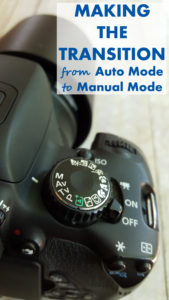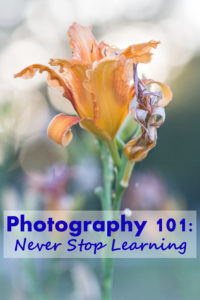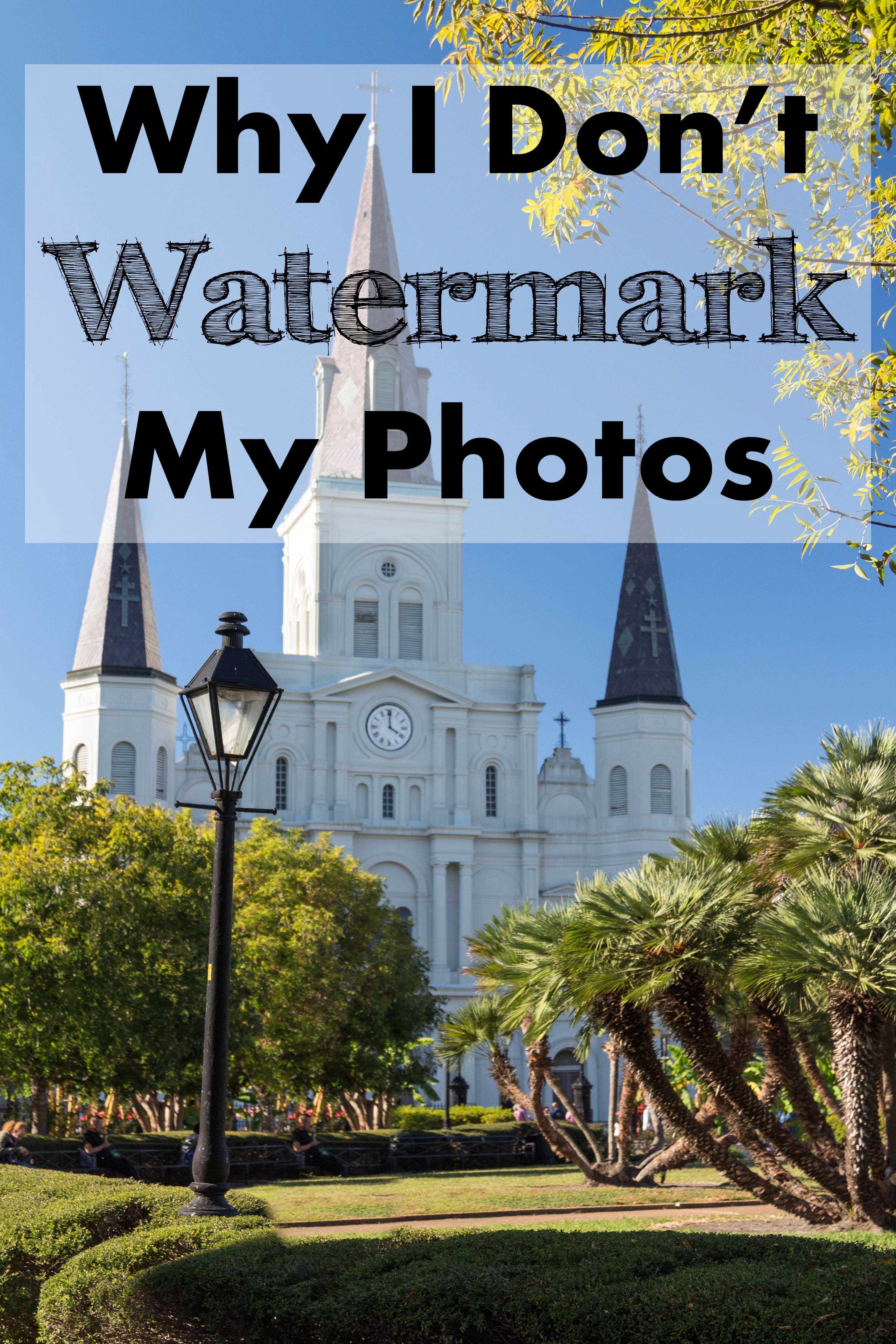Why I Don’t Watermark My Photos
Watermarking photos is something of a controversial topic, I know. If you’re in the pro-watermark camp, most likely my subject line has already upset you. If so, please don’t leave me a nasty comment, particularly if you don’t even read the post. For many years, I was very indifferent about watermarks. But the more time I spend browsing photos and crafting articles and blog posts, the more they bother me. I have never watermarked my photos and don’t plan to watermark my photos anytime in the foreseeable future. The following reasons explain why I don’t watermark my photos and why you should think twice before you watermark your photos.
Watermarks are distracting.
First and foremost, the vast majority of watermarks are extremely distracting. Occasionally, I do see small, tasteful watermarks that don’t distract from the images. It’s really rare. Most watermarks are too big and too dark and are placed in such a fashion that they get in the way of an image. How are you supposed to focus on a beautiful winding staircase surrounded by wildflowers when there’s a big fat watermark right in the middle of the staircase? If you’re going to watermark your photos, please design a small, tasteful watermark, and place it right in one of the corners of your photos.
Watermarks don’t prevent people from stealing your photos.
First, anyone with some basic photo editing skills can edit out most watermarks in a matter of seconds. I know that most people don’t want to hear that, but it’s the truth. Second, when you put your photos online, you run the risk of them getting stolen. I’m not saying this to discourage you from sharing photos online. It’s simply inevitable that when you share content online, eventually someone will try to steal it. It really stinks. Generally, people aren’t attempting to pass off others’ photos as their own. Instead, they’re sharing them in an improper fashion. A lot of people have no sense of content ownership and make no effort to give credit to the original source. I wish that people didn’t think it was acceptable to post photos to blogs, Tumblr, Pinterest, etc. without linking back to the original sources or giving credit where credit is due. It’s not acceptable. Ever. But it will happen, whether or not you watermark your photos.
Most watermarks are completely unnecessary.
There are a few common scenarios where I see watermarks that simply don’t need watermarks.
- Low-resolution uploads. When you upload photos to Instagram or Facebook, the resolution quality is really low. Yes, typically, high-quality images still look good in low-resolution when you’re viewing them on a smartphone because the screen is tiny. Most of these images will never get printed or blown up so it doesn’t matter that they’re low-resolution. However, the fact that they’re low-resolution also means no one will steal them to actually try to profit from them. Yes, someone may save an image to use as a background, but there’s really nothing wrong with that. Frankly, I’d be flattered if someone screenshotted a photo I posted on Instagram to use as a phone background. So please stop watermarking your social media share photos, especially on Instagram.
- Step-by-step recipe and tutorial photos. I see so many blog posts in which the author has watermarked every. single. photo. Again, no one is going to steal a photo of brownie batter or half-finished coasters. Again, someone may use one of these photos online without linking back to the post. If this happens, the watermark may slightly increase the odds of someone tracking down the original post. However, most of the time, people will share the finished photos of the food, craft, etc., as opposed to the in-progress photos. If you’re going to watermark your photos, limit the watermarks to the finished, styled images.
- Poor quality images. I know this sounds harsh, but many people create huge, distracting watermarks for photos that are mediocre at best. It’s like worrying about your pen name when you haven’t finished your first novel. Finish the book and see if anyone wants to read it, let alone publish it, before you worry about what happens when you get famous. The same principle holds true for photography. Concentrate on making your images great before you even begin to think about protecting them.
Watermarks may actually hurt your chances of getting your photos shared.
When I’m searching for images to use for articles and blog posts, I don’t want obtrusive watermarks distracting from the content or disrupting the flow. What if I used a header photo for a favorites post with a watermark? Suddenly, you’re thinking, “Oh, Rose is featuring another one of Jason’s photos” instead of, “Wow, that a great image.” Try to imagine this post, this article, or this Pinterest board if all the photos had huge watermarks. (Are you having trouble imagining these types of content with obnoxious watermarks? I wasn’t going to post a lot of examples, but I came across this as I was writing this article.) Yes, plenty of people do share watermarked photos, but plenty of people also significantly limit the number of watermarked photos they share because they detract from the content at hand. Let your images speak for themselves.
~
The only situation that I believe warrants watermarking is professional photography with the intention of sales. When you’re sharing a gallery of images from a wedding or family portrait session, it’s completely appropriate to share small image files with tasteful watermarks that don’t distract from the images. Disabling right-click saving will further discourage people from saving these files, greatly limiting the number of people who avoid paying for the images. Yes, some people will still take screen shots or find other ways to save the images. But most people who have paid for professional photography services are motivated to pay for high-quality prints and photo books.
Do you watermark your photos?
Why or why not?
More photography posts:




Why I Don’t Watermark My Photos Read More »

